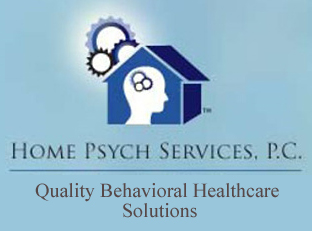Obsessive Compulsive Disorder, or OCD, as it is commonly called, is a type of Anxiety Disorder and refers to a pattern of intrusive, repetitive thoughts that cause an individual to perform acts in order to prevent something terrible from happening. The acts become ritualistic and can overtake an individual’s life.
There are four characteristics of obsessions and two characteristics of compulsions used to diagnose OCD:
Obsessions include:
[checklist style=”black”]
- The person experiences recurrent and persistent and intrusive thoughts or impulses that cause distress or anxiety.
- The impulses or thoughts are not about real life problems.
- The person tries to ignore and suppress the impulse.
- The person recognizes that the obsession is not based in reality.
[/checklist]
Compulsions include:
[checklist style=”black”]
- Repetitive behavior or mental acts the person feels must performed in compliance with rigid rules.
- The behavior is aimed at preventing or reducing the effects of a dreaded event or situation, even though the acts are not connected to the issue.
[/checklist]
There are any numbers of examples of these controlling ritualistic behaviors. For example:
[checklist style=”black”]
- A person who is obsessed with germs may feel the need to wash their hands again and again. There may be a specific number of times to wash or to rinse their hands or a specific way to apply the soap.
- People can be obsessed with superstitions, such as avoiding stepping on the cracks in the cement.
- A person who is obsessed with the thought that each time they enter a room they must sit down, or have to count the seams in the wallpaper, or even turn in circles a specific number of times before they can exit the room.
[/checklist]
There are several different forms of treatment recommended to treat OCD. Perhaps the most studied and effective form of treatment is known as Exposure Training with Response Prevention, or ERP, as it is called. Here, the individual is gradually exposed to anxiety-provoking situations and is prevented from engaging in the compulsive behavior. For example, the individual might be encouraged to touch a “dirty” doorknob, but then prevented from washing his / her hands. ERP gradually breaks down the link between obsessions and compulsions and weakens the grip of OCD. Medication can also prove effective in lessening the symptoms of OCD. One medication that has received particular attention is the anti-depressant medication, Luvox, which has shown promise in lessening the constellation of symptoms attributed to OCD.

